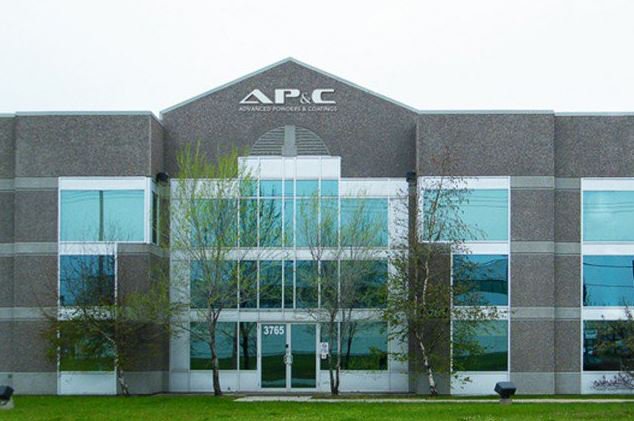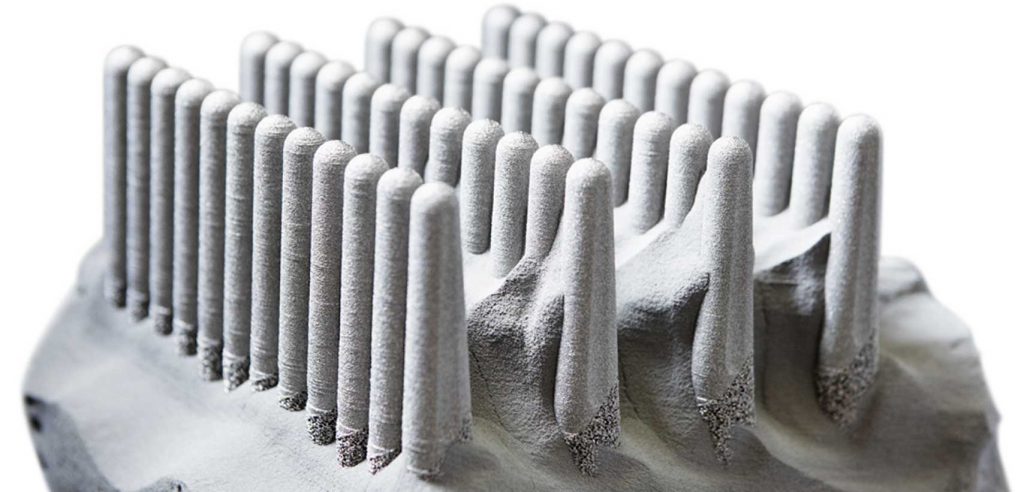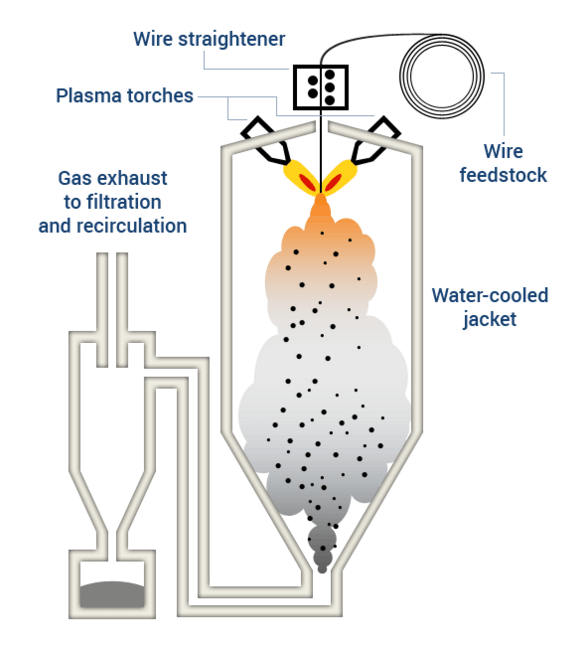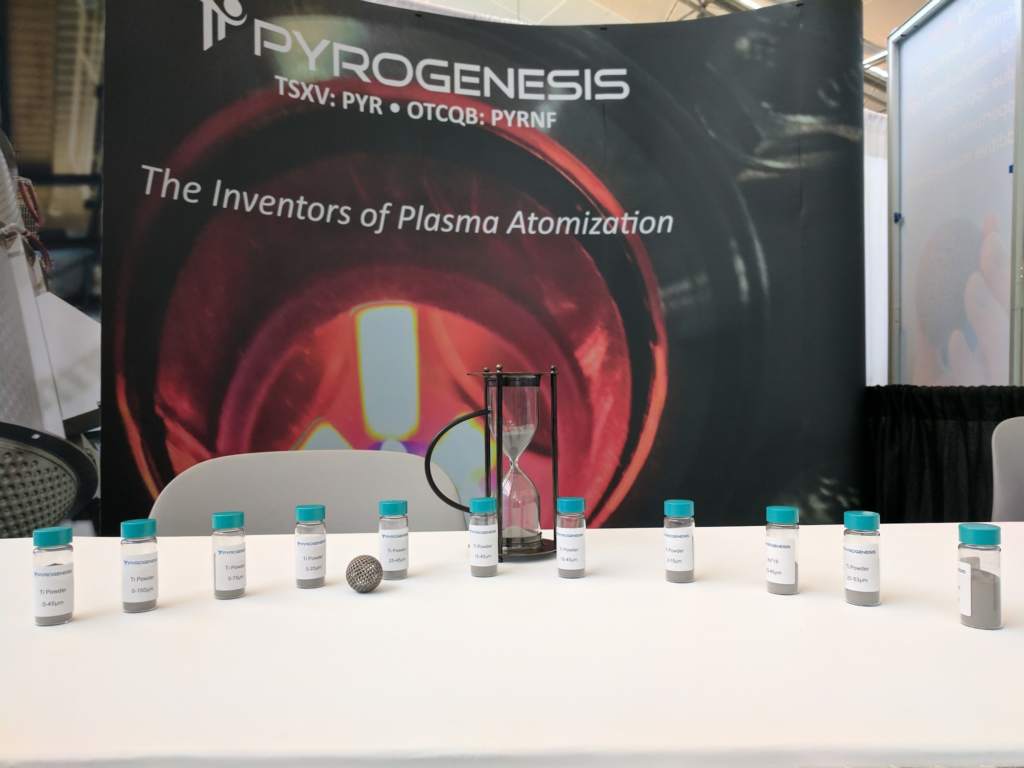AP&C, a producer of spherical metal powders for metal additive manufacturing, has opened a manufacturing facility in St Eustache, Quebec. The $31M CAD factory employs over 100 people and will be able to annually process 1250 tons of material at full capacity.

AP&C specialises in high purity titanium metal powders for use in metallurgical applications. The company was purchased by Swedish firm Arcam AB in 2014. Arcam was in turn purchased by GE in 2016.

A highly-automated plant
The new plant adds additional automation to AP&C’s existing processes. It contains the AP&C powder manufacturing reactors, which blast metal wire with plasma torches inside a water-cooled chamber to produce the spherical metal powders. Currently, AP&C’s reactors yield in excess of 60 tons of powder annually.
Speaking about the news Alain Dupont, President of AP&C thanked industry and government partners for their financial support.
Magnus Réné, CEO of Arcam added, “The need for high end titanium powder is driven by the fast growth and adoption of Additive Manufacturing. Arcam, AP&C and GE Additive are determined to serve the industry through cost efficient solutions thus converting traditional manufacturing into Additive Manufacturing”.

AP&C sales are currently split roughly 50/50 between orthopaedics and aerospace.
However, in an interview with 3D Printing Industry, Arcam’s CEO explains that expected sales of the powder to aerospace industries to eventually eclipse orthopaedics.
Rivals in Plasma Atomization
Plasma atomization, a process by which spherical metal powders are produced, was developed by PyroGenesis during the 1990s. Arcam later acquired the IP for the process along with other company assets. They went on to produce powders suitable for their Electron Beam Melting and other methods of Powder Bed Fusion metal additive manufacturing.
PyroGenesis are now developing a new plasma-based process to produce spherical metal powder, to enable MIM (metal-injection molding) cut powder production at higher volumes. MIM powder based 3D printing is currently enjoying the spotlight with several notable enterprises focusing on the technique. The necessary diameter of the powder required for MIM cut ranges between 5-25 microns.
The announcement comes as PyroGenesis scale up production of metal powder suitable for the Powder Bed Fusion method of metal additive manufacturing
Speaking about the news P. Peter Pascali, President and CEO of PyroGenesis, explains, “In the past, you could meet a customer’s order with a specific production run, but you would have a significant amount of powder left over of a different particle size distribution that was either ideal for different 3D printers (“off-cuts”) or was waste.”
“That means that, in the case of off-cuts, one would have to…have another client for these cuts, which is quite challenging…as not all particle size demands are equal. If the off-cuts are waste then the problem is a bigger one of disposal. In both cases, storage is also an issue.”
Sources in the 3D printing industry place the quantity of these “off-cuts” between 25 and 30 tons, a number of companies are exploring ways to utilise this surplus – which is currently advantageous due to its price.

Pascali adds, “It all has to do with the production profile, rates and costs. If as a powder producer, you must sell multiple size cuts, from each production run, to different clients it becomes a limiting factor…in terms of both your ability to store off-cuts you haven’t matched a client to, and your ability to meet the demand for new powder size cuts; this is particularly true if there is a significant demand in new powder size cuts that does not match your production profile.”
“This problem has become evident as companies (such as Desktop Metal, 3DEO, and Markforged) started to express an interest in very fine powders which, until recently, could only be considered as an off-cut of broad production profiles. How could an explosive need for such powders be met if production was limited to matching the balance of production? PyroGenesis’ new procedure is no longer limited by client matching, storage or disposal.”
Pascali explains that they can now address this by “producing extremely narrow size distributions, which easily shift to any particle size distribution,” which he states will improve production, minimise waste and reduce costs.
For more 3D printing industry news and insight, sign up to our daily newsletter. Also follow us on Facebook and Twitter.
Featured image shows gas plasma jets as used in the atomization process. Photo via PyroGenesis.

